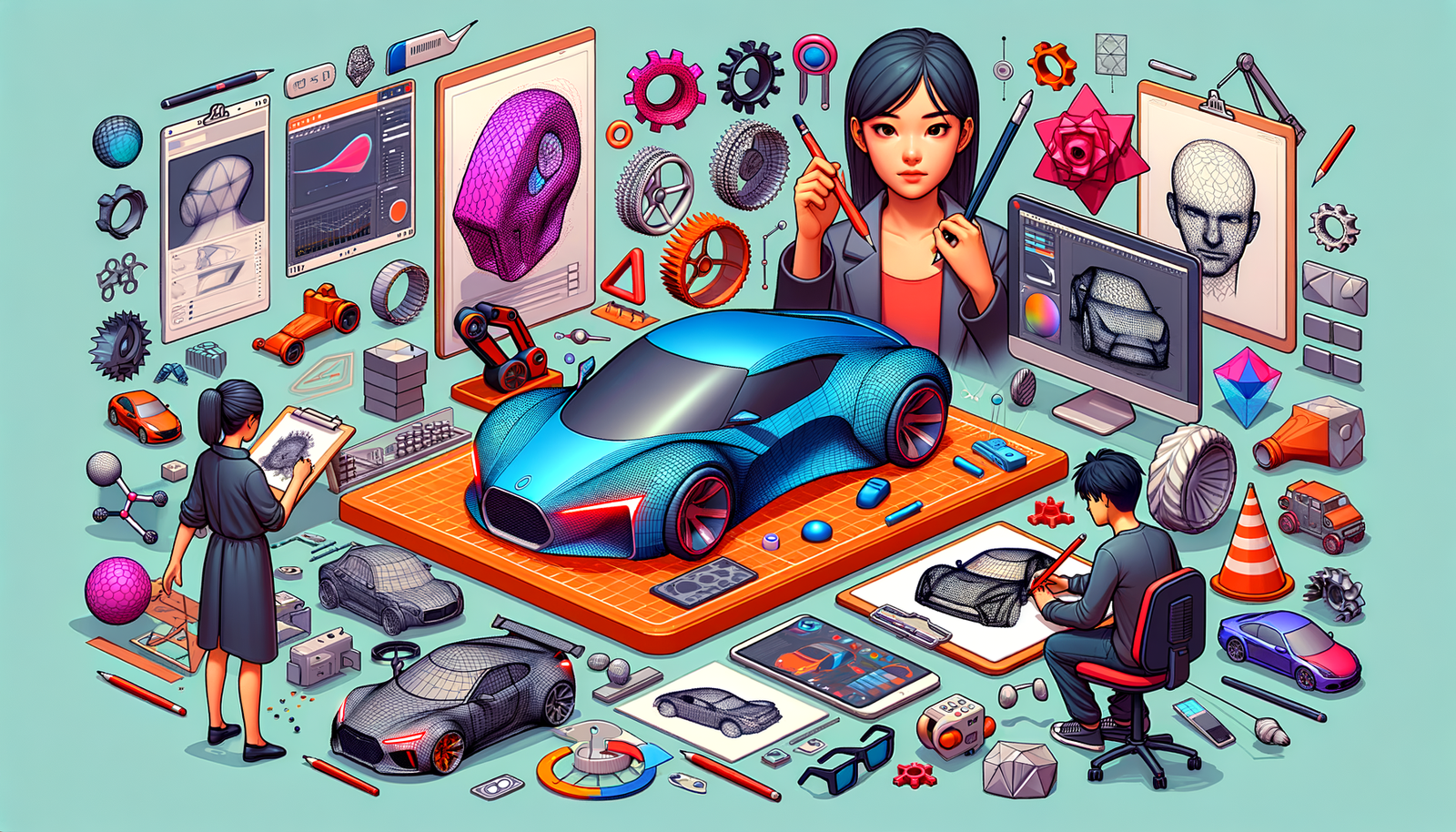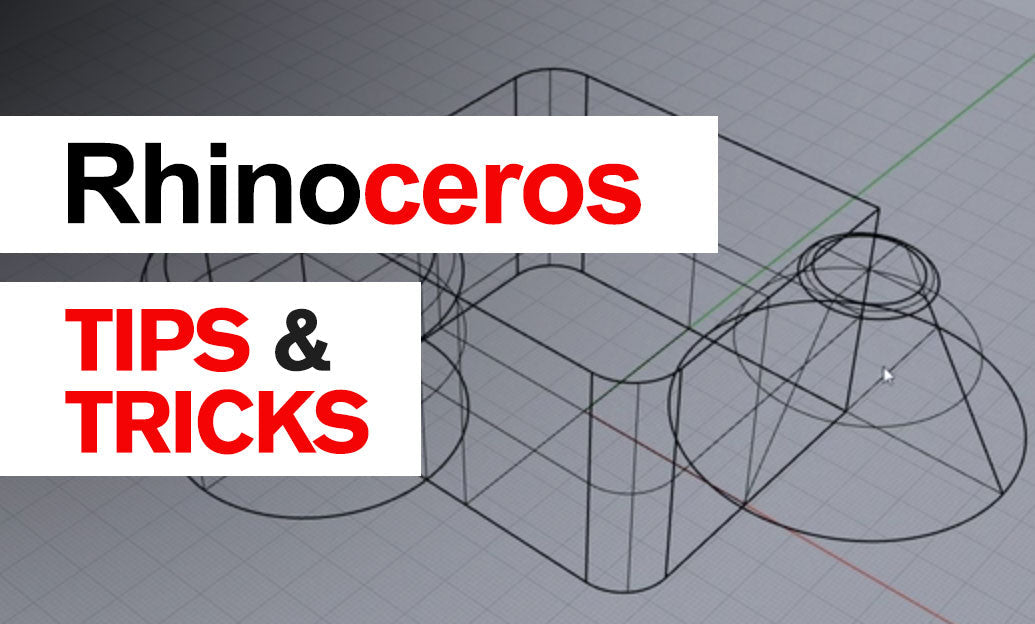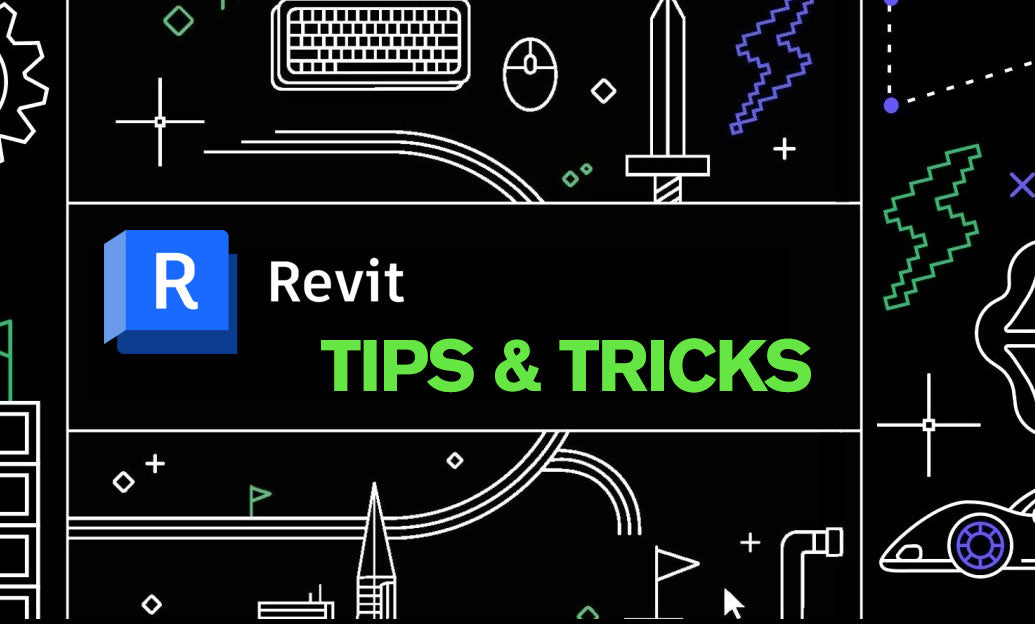Your Cart is Empty
Customer Testimonials
-
"Great customer service. The folks at Novedge were super helpful in navigating a somewhat complicated order including software upgrades and serial numbers in various stages of inactivity. They were friendly and helpful throughout the process.."
Ruben Ruckmark
"Quick & very helpful. We have been using Novedge for years and are very happy with their quick service when we need to make a purchase and excellent support resolving any issues."
Will Woodson
"Scott is the best. He reminds me about subscriptions dates, guides me in the correct direction for updates. He always responds promptly to me. He is literally the reason I continue to work with Novedge and will do so in the future."
Edward Mchugh
"Calvin Lok is “the man”. After my purchase of Sketchup 2021, he called me and provided step-by-step instructions to ease me through difficulties I was having with the setup of my new software."
Mike Borzage
Exploring the Frontier: Advanced Surface Modeling Techniques in Automotive Design
July 02, 2024 2 min read


Introduction to Surface Modeling in Automotive Design
The essence of automotive design transcends mere functionality to embody the aesthetics, ergonomics, and innovative aspirations of the era. At the heart of this design revolution lies surface modeling, a sophisticated digital toolkit enabling designers to sculpt their visions into tangible realities. This approach marks a transformative departure from traditional physical models to dynamic, digital creations, heralding a new chapter in automotive aesthetics, aerodynamics, and product development.
Key Techniques and Tools in Surface Modeling
Surface modeling relies on several advanced techniques and tools to achieve its intricate designs. Central to these is NURBS (Non-Uniform Rational B-Splines), a mathematical model critical for generating and manipulating complex surfaces with precision and flexibility. Similarly, Bezier curves and patches are foundational in crafting the sleek, flowing lines characteristic of modern vehicles. This section delves into these techniques and explores the comparative strengths of leading software platforms, including Autodesk Alias, Rhino, and CATIA. Moreover, it highlights the integration of parametric and direct modeling techniques, offering designers unparalleled flexibility and efficiency in iterating their concepts.
- NURBS for detailed surface modeling
- Bezier curves and patches in defining aesthetic forms
- Comparative analysis of Autodesk Alias, Rhino, CATIA
- The blend of parametric and direct modeling
Enhancing Design with Advanced Simulation and Visualization
Modern automotive design leverages the synergy between surface modeling and cutting-edge simulation techniques to optimize aerodynamics and conduct structural analysis. This integration extends into the realm of virtual reality (VR) and real-time rendering, offering designers and stakeholders a powerful platform for immersive visualization and detailed evaluation of models. Such technological advancements enable a more iterative and refined approach to automotive design, ensuring both functionality and aesthetic appeal meet the highest standards.
- Advanced simulation techniques for aerodynamics and structural integrity
- Virtual reality and real-time rendering for immersive design evaluation
Future Trends and Innovations in Surface Modeling for Automotive Design
The future of automotive design shines bright with technological innovations poised to redefine the landscape of surface modeling. The advent of artificial intelligence (AI) and machine learning heralds an era of automated surface optimization and generative design techniques, streamlining the development process and unleashing new realms of aesthetic possibility. In parallel, the evolution of collaborative and cloud-based tools promises to democratize design, enabling remote teams across the globe to collaborate seamlessly on complex projects. Furthermore, anticipated advancements in materials and manufacturing techniques are set to influence surface modeling strategies dramatically, pushing the boundaries of what is possible in automotive design.
In conclusion, the continuous evolution of surface modeling techniques stands as a testament to their critical role in automotive design innovation. As designers and engineers push the limits of technology and creativity, the vehicles of tomorrow will emerge not just as modes of transportation, but as breathtaking embodiments of art, efficiency, and innovation.
Also in Design News

Cinema 4D Tip: Cinema 4D Speed‑Modeling Workflow for Architectural Scenes
December 30, 2025 2 min read
Read MoreSubscribe
Sign up to get the latest on sales, new releases and more …




